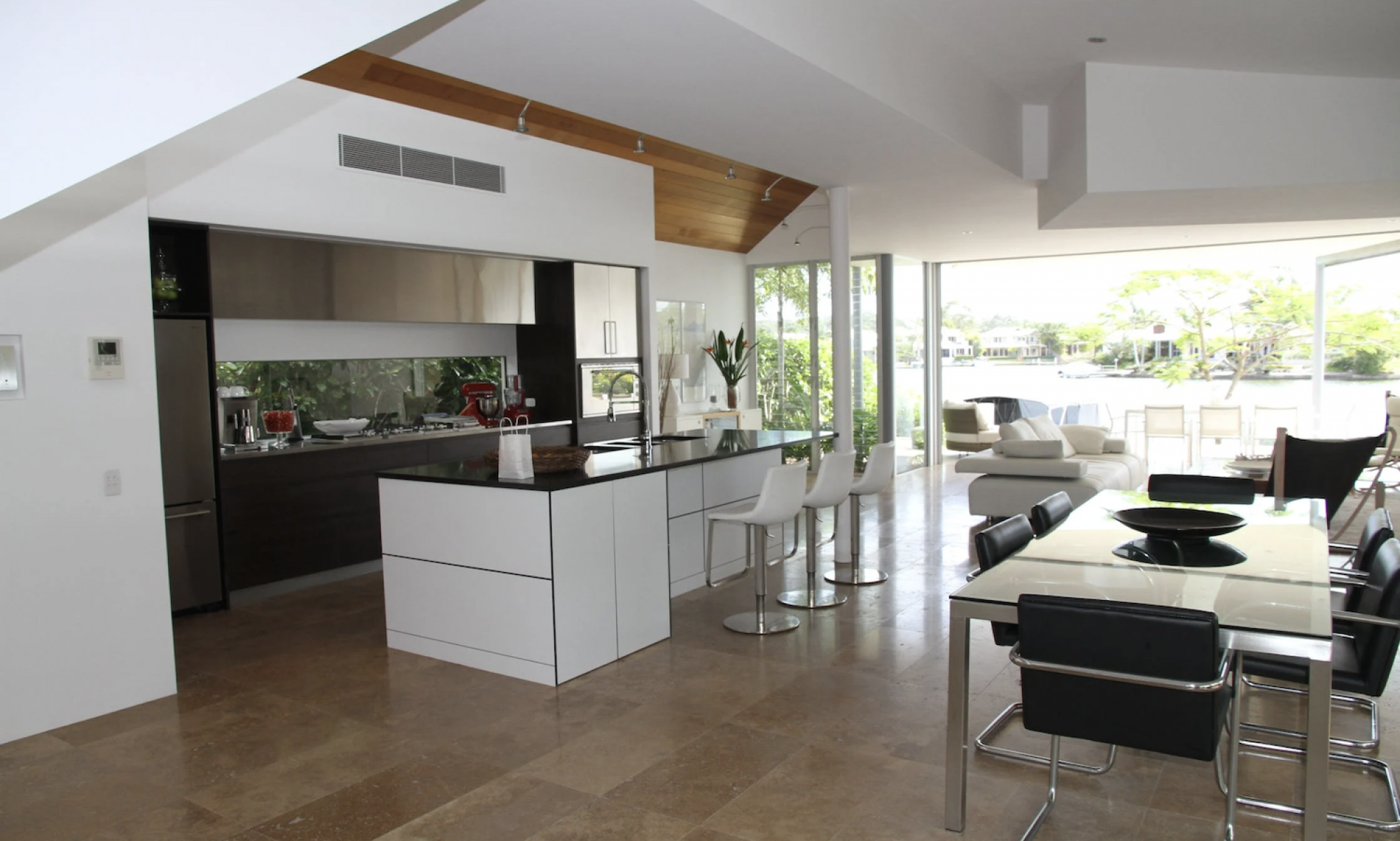In today’s rapidly evolving construction industry, modular construction stands out as a revolutionary approach that offers efficiency, sustainability, and flexibility. However, the roots of this innovative method trace back through centuries of human ingenuity and architectural experimentation. From ancient civilizations to modern-day skyscrapers, the history of modular construction is a testament to humanity’s ongoing quest for efficient and adaptable building techniques.
Early Origins
The concept of modular construction can be traced back to ancient civilizations such as the Egyptians, Greeks, and Romans. These cultures utilized standardized building components such as bricks, stones, and columns to streamline the construction process and create durable structures. The use of modular elements allowed for faster construction times and facilitated the replication of architectural designs across vast empires.
Industrial Revolution
The advent of the Industrial Revolution in the 18th and 19th centuries brought significant advancements in manufacturing and construction techniques. Mass production became possible, leading to the widespread use of prefabricated materials such as iron, steel, and glass. This era saw the emergence of modular building systems for various applications, including bridges, factories, and housing developments.
Post-War Expansion
The aftermath of World War II marked a period of rapid urbanization and housing shortages in many parts of the world. Governments and developers turned to modular construction as a solution to quickly provide affordable housing for growing populations. Prefabricated panels, modules, and entire building components were manufactured off-site and assembled on location, offering a faster and more cost-effective alternative to traditional construction methods.
Rise of Modern Modular Construction
In recent decades, technological advancements and innovations have propelled modular construction into the mainstream. Improved design software, robotics, and automation have streamlined the manufacturing process, allowing for greater precision and customization. Additionally, the focus on sustainability and energy efficiency has led to the development of eco-friendly modular materials and building systems.
Contemporary Applications
Today, modular construction is utilized in a wide range of projects, from residential developments to commercial skyscrapers. Modular buildings can be found in urban centers, remote locations, and even outer space. The versatility of modular construction allows for adaptability to various climates, terrain, and architectural styles. Moreover, the speed of assembly and reduced construction waste make it an attractive option for environmentally conscious developers and investors.
Future Prospects
Looking ahead, the future of modular construction appears promising as advancements in technology continue to drive innovation in the industry. With the growing emphasis on sustainable development and affordable housing solutions, modular construction is poised to play a significant role in meeting the evolving needs of communities worldwide. From 3D-printed modules to modular habitats on Mars, the possibilities are endless for this dynamic and adaptable construction method.
Conclusion
The history of modular construction is a testament to humanity’s ingenuity and resilience in the face of evolving challenges and opportunities. From ancient civilizations to modern skyscrapers, the concept of modular building has endured and thrived, offering efficiency, sustainability, and flexibility in the construction industry. As we look to the future, modular construction promises to continue shaping the built environment, providing innovative solutions to the complex challenges of our time.


